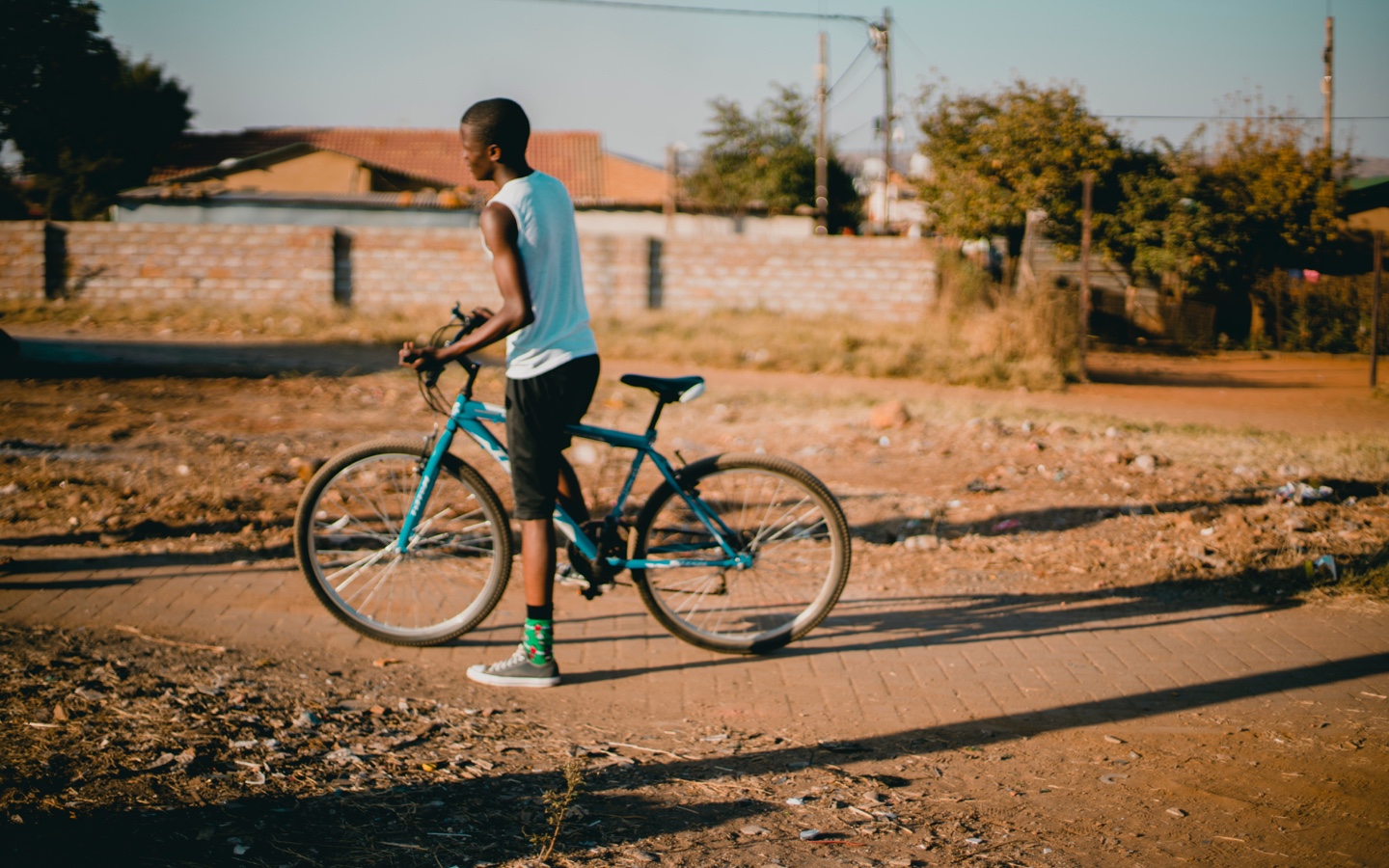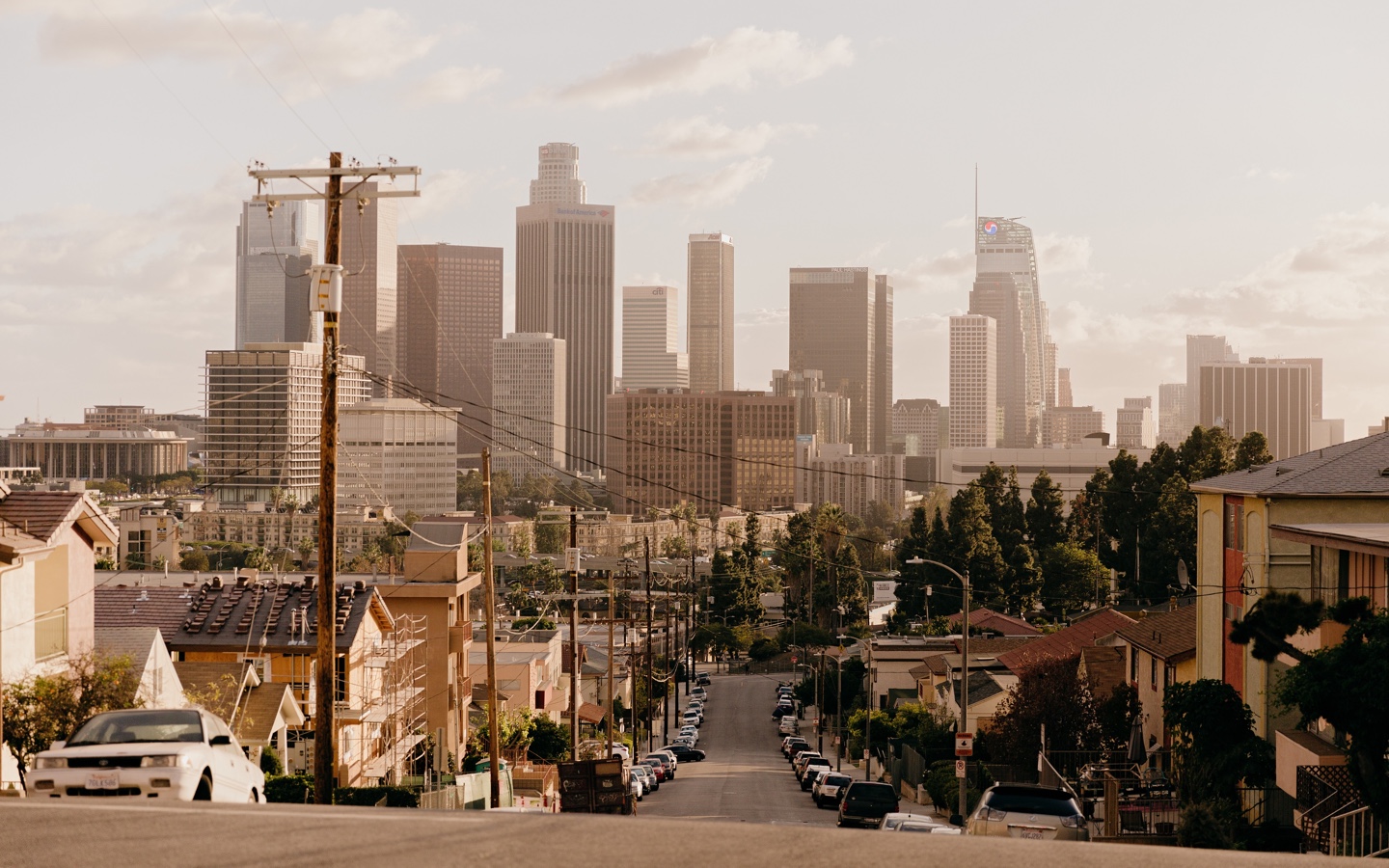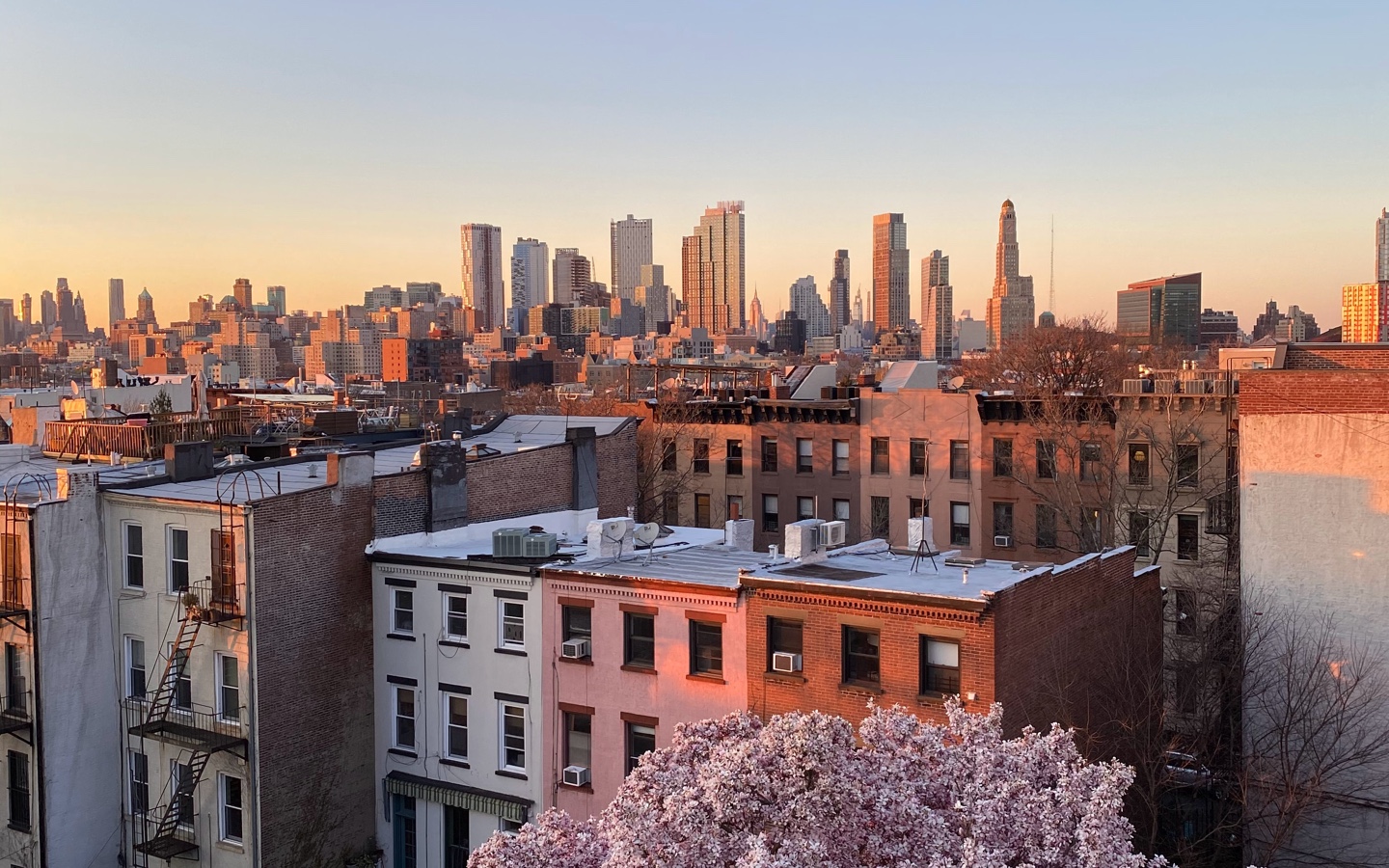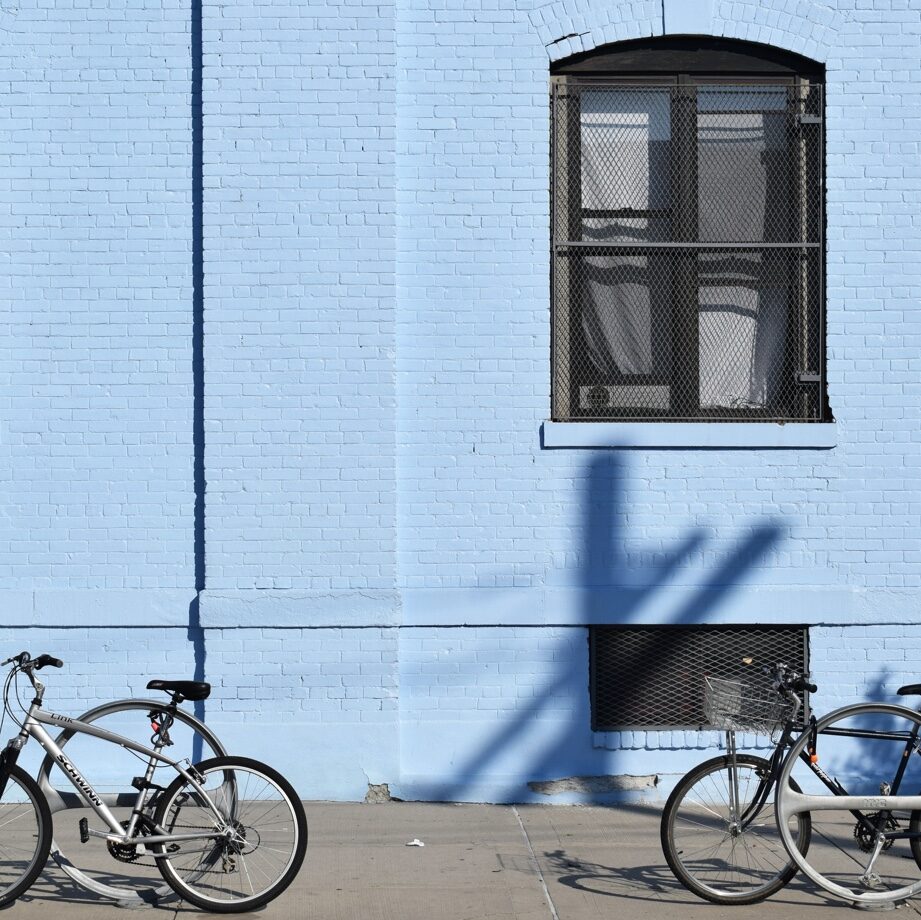As a result of environmental racism and policies like redlining, urban heat islands disproportionally affect low-income, non-white city neighborhoods.
The daily temperature may seem like a mundane and immovable part of our daily lives, but in many cases, it’s affected by circumstances that are within our control. In fact, temperature can vary greatly from place to place simply due to how an area is designed. Cities, in particular, are often hotter than surrounding rural areas for that reason. And, when you think about it, this makes sense.
Urban areas often have fewer shade-giving trees, more infrastructure like pavement that retain and emit heat into the immediate area, and taller structures and narrow roads that block wind circulation. These elements, among others, increase temperature and make it harder to cool down — and they all add up to a phenomenon known as urban heat islands, where cities can be up to 20 degrees hotter than nearby rural areas.
Unfortunately, who is most affected by urban heat islands is inextricably tied to structural and systemic environmental racism. Redlining — which has come to refer to any practice that excludes people of color from living in certain desirable areas or disinvests from places where they make up the majority — has played a huge role. The term originally referred to rankings, from green to red, that the federal government assigned to neighborhoods in the 1930s to determine which areas were “riskier” for mortgage lenders. People of color were often denied mortgage insurance because they lived in areas labeled risky. Not coincidentally, neighborhoods ranked as red were areas with higher immigrant and Black populations.
Today, formerly redlined neighborhoods often still struggle economically and are as much as 13 degrees hotter than wealthier, often whiter, neighborhoods. But race is a shockingly consistent predictor of exposure to extreme urban heat in general; a 2021 study in Nature Communications found that in all but six of 175 urban areas, people of color were more affected by extreme urban heat, regardless of socioeconomic status.

Read more: What is Intersectional Environmentalism?
In a sense, the solution is simple. More investment is needed to bring urban heat islands better infrastructure, replacing surfaces known for capturing heat with those that dispel it and increase cooling. The Smart Surfaces Coalition (SSC) advocates for exactly that and helps implement a variety of “smart surfaces” in urban areas. Smart surfaces include reflective building materials, more porous pavement that allows for water retention and better evaporative cooling over time, green roofs covered in vegetation, solar panels, or tree-lined sidewalks offering shade.
“Livability really starts with surface decisions,” says Kalen Davison, a project manager at SSC. “When a city Department of Transportation begins to think about construction of roads, buildings, sidewalks, etcetera, they almost always opt for the lowest cost surface, which most of the time ends up being dark, impervious surfaces like black asphalt.”
Deviating from that norm has often been considered risky and cities often lack research and expertise that would make it seem worthwhile to change, says Davison. But the benefits extend far beyond reducing the ambient temperature. Implementing smart surfaces is a key part of climate adaptation and mitigation. By increasing water retention and diverting heat from cities, they’ll become more resilient against extreme weather like intense heat waves and flooding.
Cooler cities would also require less air conditioning, a luxury that can severely strain city power grids during hot periods and currently accounts for about 100 million tons of America’s carbon dioxide emissions annually. Smart Surfaces Coalition has found that smart surfaces are more cost-effective than conventional surfaces because they tend to last 20-40 percent longer; black asphalt, for example, is prone to cracking because it expands and contracts with temperature changes. And porous pavements help filter water as it passes through, lowering water treatment costs.
Then there’s the power of trees — another smart surface element that comes with its own long list of environmental and public health benefits. A 2019 study by Georgia Tech and the Texas Green Tree Foundation found that greenery and tree coverage can cool areas by as much as 15 degrees on hot days. That’s huge. Trees also filter air pollutants, retain stormwater, and increase feelings of well-being. But, inequality is an issue here, too. A 2021 study by American Forests found that predominantly low-income communities have 65 percent less tree canopy than wealthier communities. And as Alejandra Borunda reported in a recent National Geographic feature, wealthy Los Angeles neighborhoods can have as much as 40 percent canopy coverage, compared to under 10 percent in the city’s poorest neighborhoods.

Read more: How Drones Can Help Replant Forests
Smart Surfaces Coalition is trying to tackle this by partnering with cities to implement smart surfaces that make the most sense for where they are and what structural inequities need to be addressed. The idea is that multiple solutions have compounding benefits when they work together.
“The metaphor I like to use is if cities are painting a picture for their residents, they want to paint a complete picture,” says Davison. “It’s not just one paint color (say, planting trees), it’s a rainbow. Rather than fighting for one solution over the other, Smart Surfaces is an umbrella term that encompasses all the surfaces that more effectively manage heat and rain.”
The same goes for policy-level changes. The recently passed Bipartisan Infrastructure Framework includes some smart surface-related items, but generally still takes a piecemeal approach to each solution rather than seeing them as a set. Davison says SSC is excited about the potential of the Healthy Streets program, which only makes up $500 million of the $47 billion deal, but incorporates multiple solutions like cool roofs, porous pavements, and tree planting.
If this summer’s intense heat waves are any indication, heat will be an increasing public health concern in the coming years. The NOAA said that July 2021 was the hottest month since they started keeping track of such things — 142 years ago. And record-breaking climate extremes are seven times more likely to occur between now and 2050, according to a recent study published in Nature Climate Change.
Adopting smart surfaces will look different for every city. SSC encourages expressing support, at a local government level, for the smart surfaces that make the most sense where you live. Advocating for infrastructure change is critical if we want to continue fighting environmental racism, increasing livability, and building long-term climate resilience for communities in the coming decades — and we all have a part to play.

Read more: 8 Wins in the Fight Against Climate Change
Have feedback on the story? Send us an email at [email protected] to let us know what you think.

Shop Pillows
The Essential Organic Pillow Collection
Gentle, breathable, non-toxic support.




